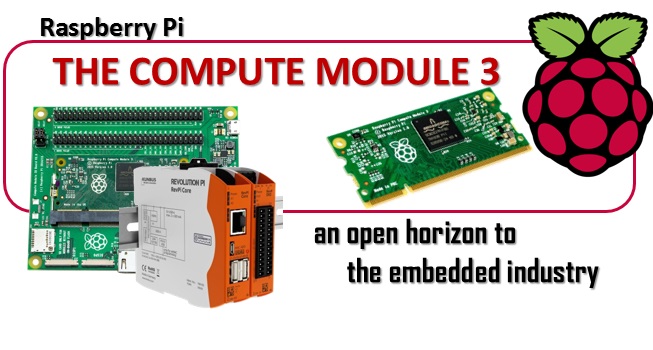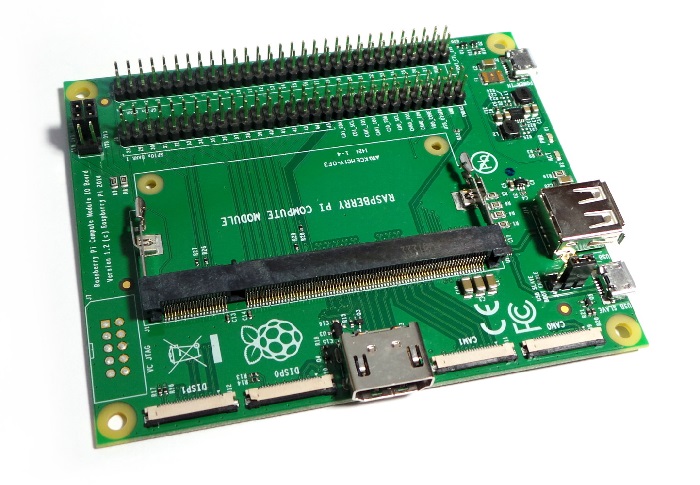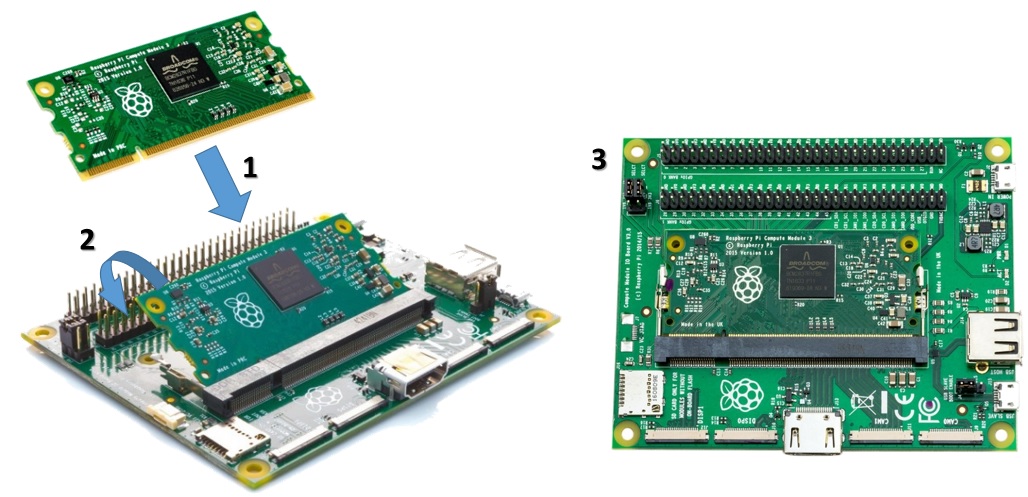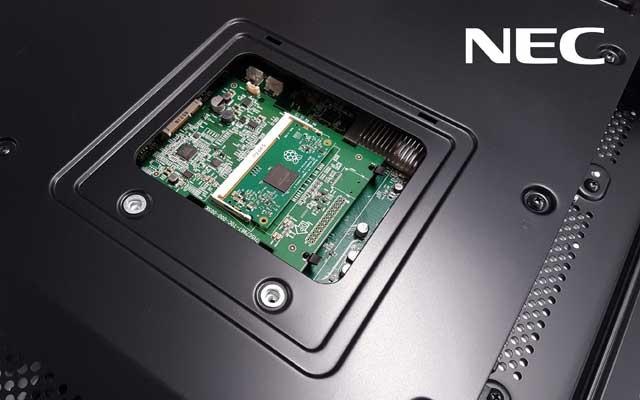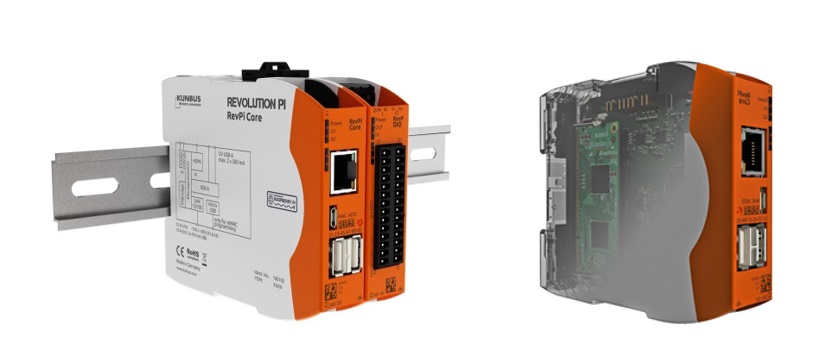Introduction
The Raspberry Pi Foundation every year enriches our lives with great news, and one of them is the release of the new Compute Module 3. This new module will allow the integration of the Raspberry Pi 3 system into embedded devices, opening new boundaries to this small board. In fact, Raspberry Pi 3 starts to be a little too limited in the role of application for educational purposes. With this card, Raspberry opens up a new door to the industrial world, and Raspberry is wondering whoever will take advantage of this opportunity. Let’s see together this great news.
The Compute Module 3 ( CM3 )
The CM3 module is completely based on the hardware of the Raspberry Pi 3 by excluding all unnecessary devices and integrating only the parts needed for computing such as the processor and RAM.
There were also two versions: one with the included 4GB of flash memory eMMC and the other in Lite version, supplied without storage, where an SD card must be inserted.
This module has been designed so that it can be easily used in industrial control systems, multimedia devices, and displays. In fact it has the same dimensions and the same toothed connector of a SODIMM DDR2 and the same is the mounting system. This way, it will be easy to install this board inside embedded systems.
The price of this card is readily affordable (on Amazon.com) and costs about $ 36.
For developers – the IO Board CMIO3
If you like to experiment with the development of these new systems, a Compute Module 3 IO Board (CMIO3) has been released. This board allows you to insert the Compute Module 3 inside so you can develop and test your embedded system designs. This allows developers to program flash memory of the normal version or to program an SD card for the Lite version with the necessary software. Like the Raspberry Pi3 board, the IO Board provides the developer with various GPIO, CSI and DSI interfaces. In addition, USB and HDMI ports are available to use video and other peripherals.
Mounting the CM3 inside is similar to mounting the RAM of the SODIMM DDR2.
Regarding the availability and price of this component, the price is around $ 110 on Amazon.com
Examples of application
Although this form is still in the first months of release, some examples of application of this CM3 card are already visible. The first to embrace this innovation is the NEC, with the new module to boost an NEC monitor. The programming of this monitor is suitable for presentations in public spaces such as stations and airports.
Another example is a set of tools similar to industrial PLCs that use the compute modules inside (KUNBUS). Thanks to the integration of Compute Module 3 and the Ubuntu operating system, new horizons of innovation open to industrial control for all lovers of the Raspberry world.
Conclusion
As you are seeing around you, we are witnessing a new industrial revolution, where new technologies are enriching with new innovations, but today these technologies are far more in the reach of all those interested. Certainly it’s still too early to make predictions, but I hope the information in this article will inspire you to further research new areas of application of our beloved Raspberry Pi 3 cards.[:]

